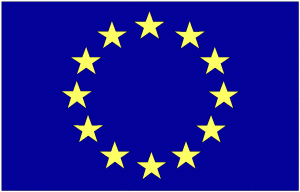Update to Blockchain Bram Elshof, Accenture
The Blockchain stores granular patient-health-record access rules which enables patients to choose which hospital departments or other medical organisations will have access to their records. They cannot be altered by anyone without creating an auditable trail. Authorised professionals access information in the data lake based on the level of permission the patient grants them. Each time a patients’ information is accessed, an undeletable log is written to the blockchain.
Additionally, the blockchain is now able to provide trustworthy information about a patient-health-records’ provenance. When a Serums user requests a patient’s data, their health record is created on-demand by the datalake. This process involves multiple steps, like requesting and receiving data from the respective hospital databases, putting them into a unified Serums structure and encrypt them before they are sent back to the requestor. All these steps are now notarized on the Serums Blockchain, providing an undisputed audit-trail.
Many small but still noteworthy features were added to the Blockchain. Rule records now include the serums-ID of the user who initially
created them. This could be a hospital staff member creating the rule for a patient. Finally, the timestamp at which the rule was created has been added as well. This is used for future audits and rule merging/conflict procedures.
The Blockchain continues to run on the Fracas service infrastructure in a production-ready Kubernetes cluster and is ready for the next release in POC 3.

